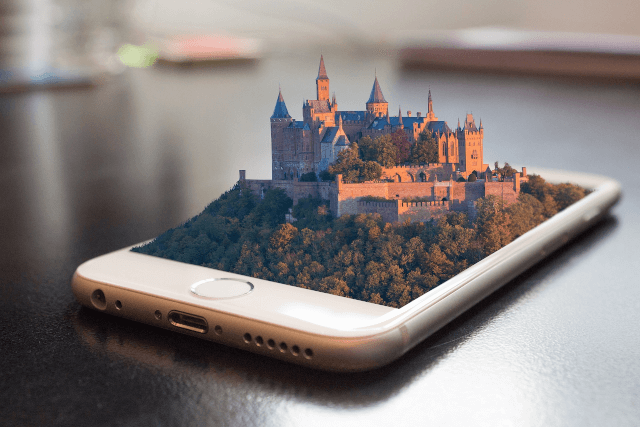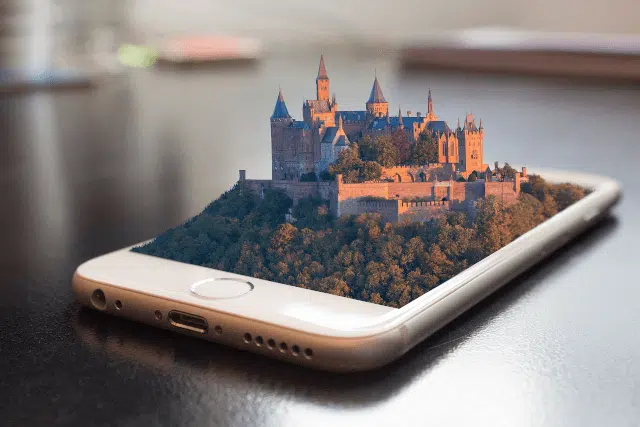Episode 9
Any organization that provides commodity products or services is in a race to zero. When competition is focused on price, there is no room for differentiation and investments are driven to find efficiencies and reduce cost. Technology in this environment has a very limited scope. What if technology could be a differentiator? Can we move beyond cost reduction?
Technology is both an investment and a competency multiplier. Organizations miss out when they view technology not as an investment but as an expense. Let’s look at other common differentiators to expand on the argument. “Location Location Location.” Where your organization is located can have as much influence on success as your product and brand. It is often cited that McDonald’s, “is not a Fast Food franchise”, but a “real estate company”. To McDonalds, location is one of the most important differentiating factors in their success. “We have the best people.” No professional services firm will advertise how amazingly mediocre their staff are. Some organizations find differentiation in their culture and from the qualities of individuals they recruit and retain.
In these two examples, location and human capital are viewed as investment vehicles that provide the competitive advantage over their competition. Sure, whatever, technology does cool stuff, but we administer government programs, fix air conditioners, manufacture saw blades, etc.; we are not a technology company. Every company is a technology company. Two areas that technology can differentiate your organization are changing the customer experience and scaling creativity.

Easier, immersive, and customized. Employing technology to improve in any of those categories can allow an organization to differentiate from its competition. Let’s take home décor as an example. Many retail locations will have showrooms. These rooms provide a creative representation of what is possible from the mind of the designer. Customers will ask specific questions. Will this fit in our place? How does green look here? What if it was just a little taller? In conventional showrooms, these answers are left to the imagination of the customer. Leveraging augmented reality, massive areas of retail space can be compressed down to a few demo rooms (even made mobile, or moved into the customers home directly) where customers could immerse themselves in a creative exploration of what is possible. Room configuration is done digitally, customers are immersed, and the experience is customized to the customers wishes.
It is undeniable that automation has revolutionized the world and machine learning has matured to a state where its impact is felt everyday. Creativity has been thought of as a bastion of human talent, but this assumption is evaporating before us as machine learning systems can “complete sentences”, “draw landscapes”, and “write music”. It is easy to get apocalyptic, but like precision machining, printing presses, and steam engines; machine learning is another tool that (if used responsibility) will contribute to human flourishing. To stay in the game, organizations that are able to find strategic partnerships with machine learning systems will find creative competitive advantages over firms that only rely on humans. With the most valuable companies in the world technology driven, it is a clear signal to the rest of the market that a competitive advantage is derived through a mindset that views technology as a competency multiplier, rather than a cost.
Last Updated: July 10, 2025



